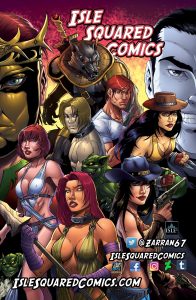
I met Chuck through Brian Barr, another natural storyteller, on Facebook. Ya really gotta know how to use Facebook to meet wonderful artists. Chuck has given a beautiful interview, and I’ve interspersed his brilliant work throughout his responses. Enjoy!
Tell me about your work process, including schedule, environment, materials, and inspirations, and walk me through a collaborative project—timeline and contributions—who does what when.
My work process varies project to project. With my creator owned titles, the front end of the project has me very involved with outlining, plotting, world-building and scripting. Then I hand the script off to the artist who then submits layouts/roughs, and finally the penciled/inked pages. The next step brings the page to a flatter who gets the page ready to send to the colorist. The final step is where I letter the page. I’m one of those writers who likes to letter my own creator owned titles. Lettering my own writing gives me the chance to improve the flow based on the nuances the art team brings to the project. Scheduling for such a project always depends on my finances, since every one of my creator owned titles is funded out of pocket from my day job (or shared expense if collaboration). No kickstarters. No patreon. And the unfortunate truth of Indie Comics is that sales will not pay for but a fraction of the money spent paying the art/coloring teams.
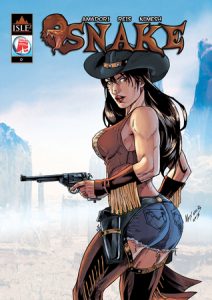

My collaborations have followed a similar process. For the Empress collaboration with the prolific AF Brian Barr, we alternated 4 issue arcs that each ended setting up the other writer’s arc.  It’s been a real rewarding collaboration and we’re always on the same page creatively, which helps our separate ideas blend and mesh together seamlessly. My other major collaboration was the Western Trilogy (Snake, Bang Bang Lucita and Xibalba) with colorist Nimesh Morarji. Again, another great collaboration that if it we had the funds to continue, would have seen the release of 15 + issues between the three titles and a crossover title called Viperous Vixens (which have all already been scripted).
It’s been a real rewarding collaboration and we’re always on the same page creatively, which helps our separate ideas blend and mesh together seamlessly. My other major collaboration was the Western Trilogy (Snake, Bang Bang Lucita and Xibalba) with colorist Nimesh Morarji. Again, another great collaboration that if it we had the funds to continue, would have seen the release of 15 + issues between the three titles and a crossover title called Viperous Vixens (which have all already been scripted).
In what ways do you acquire work, and how do you come to collaborate? Talk about how a finished product comes together and becomes available for purchase.
When I decided to make comics, I just started making comics. It’s like they say, if you want to do it, then start doing it. However, I had a slight advantage over some other upstarts, because I had a background in filmmaking/screenwriting. Nevertheless, there are so many resources out there that if you’re really serious about making comics you can learn how to, and only by making them will you learn and hone you skill. You’ll always be your own worst critic. I know my first few scripts are so clunky compared to how I would write them now. Luckily, being my own letterer has allowed me to fix any of the issues. As a letterer, I found the best way to get experience was to letter other creator friends’ books and do some freelance lettering gigs. For one thing, it made me appreciate the importance of pith in comic book dialogue. Saying more with less words is essential. Let the image tell the story too!
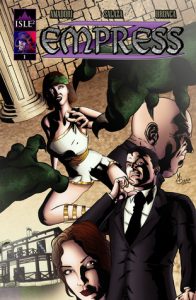
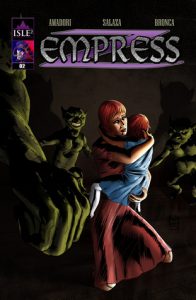
To get a title released as an Indie Creator, you first need to put the book together using the professional standards (resolution, page size, safe zones etc). If you want to submit digitally to ComiXology, it’s essential to make sure there aren’t any errors. They will reject a book for an error or an unprofessional finish. Best thing about being alive today in the Indie Creator world—you don’t need a publisher to make your book available digitally… and there are ways to have it available in print. My books are all on a Print On Demand (POD) site called Indy Planet. They will accept submissions via the ka-blam printing service.


Describe your support system online and IRL; who are your biggest cheerleaders?
If there is anything I can say about the Indie Comic online community that I’ve associated with, it’s that they are amazing. I’ve never seen such a supportive community. And now with social media, there are ways to meet and collaborate with people all over the world.
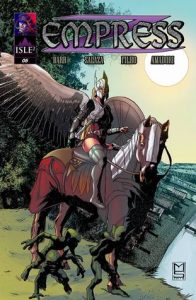

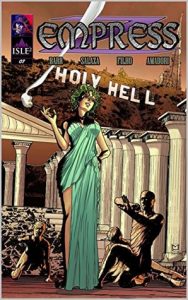
My biggest cheerleaders seem to be fellow creators (shocking, I know). Some in particular have been very encouraging and supportive. There are places to meet other creators, like the ICC on Facebook. I have a nephew who is a HUGE fan. I mean really HUGE fan. He acts like I would if I met my favorite writer. He likes to have deep discussions about the characters and he notices the right things and even tries speculating where the story is going. Very cool to have that kind of engagement from a young reader.

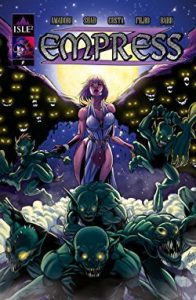

How has your background prepared you for this career; how does your art influence your life and vice versa?
I’ve always been a storyteller at heart. Though the medium has varied (screenwriting, short stories, etc.), writing comics has been my favorite. With comics, you have the ability to bring anything you can imagine to life… unlike screenwriting, which limits you to budget and practicality.

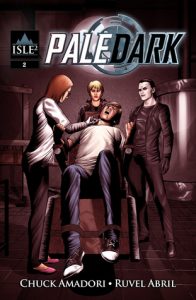
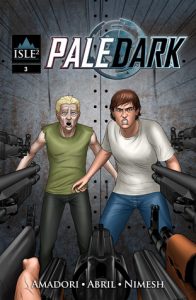
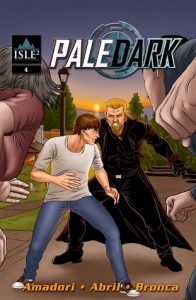

What do you love most about your creativity?
I don’t really appreciate my own creativity on a project until I can see the finished product. And as I’m sure most comic creators will say, there’s nothing more satisfying than holding a print copy of your finished book. Then psychologically it becomes something real. I love working with my art teams. I’ve been lucky to have artists that can take the scripted elements and make them better on the page.
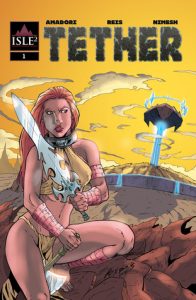

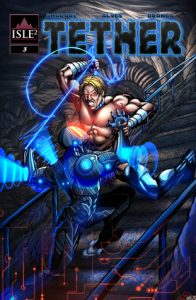
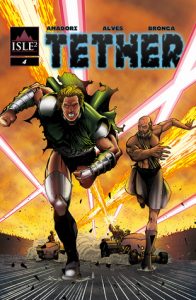
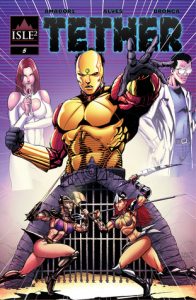
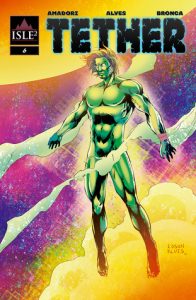
Connect with Chuck:
